It seems like every couple of months a new book comes out about a new diet plan for weight loss and shoots to the top of the bestseller list. I decided to check and see what which fad diets are currently topping the list and give you the positives and negatives of them. Of the top eight books, three were related to Whole30 and four were based around the Ketogenic Diet.
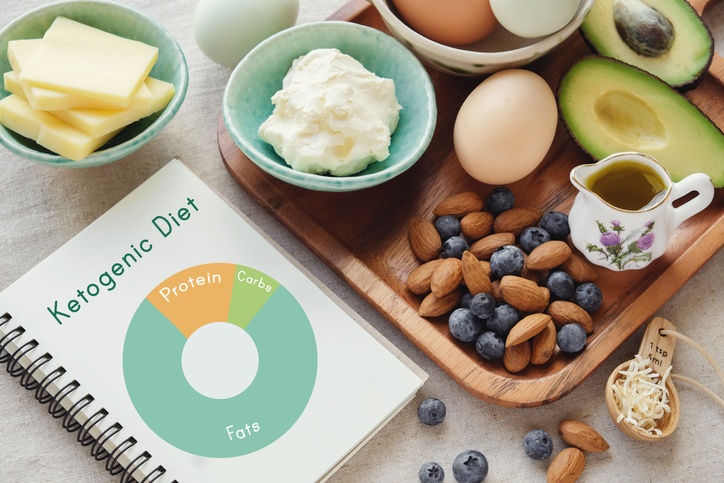 Ketogenic Diet (Keto)
Ketogenic Diet (Keto)
This diet plan cuts out all carbs except a very low 20 grams per day, and focuses on a high-fat diet. Doing this allows your body to enter ketosis, where it is breaking down dietary and stored body fat into ketones. The body will now focus on using fat for energy instead of sugar, which is what it normally uses. Protein intake is also lower than traditional low-carb diets to really focus on getting around 75% of your diet from fat.
Pros:
- Scientifically since you aren’t consuming carbohydrates, your body has no other choice than to burn fat for energy, which results in fat loss.
- Once you get through the initial stage of getting your body into ketosis, you are less likely to feel hungry, even on a low-calorie diet. This also comes from eating a high-fat diet that will have you consuming more calorie-dense foods.
- You will reduce your insulin levels and inflammation.
- Due to the small amount of foods you are allowed to eat, you will more than likely increase your intake of good-for-you fats from nuts, fish, and avocado.
Negatives:
- It can be very challenging to follow such a strict diet that only allows 10% from carbohydrates and 15% from protein, which is not traditionally how we eat.
- The first week as your body gets into ketosis can be very challenging with mood swings, hunger, tiredness, and headaches.
- In order to get so much fat in the diet, most people end up eating a lot of foods high in animal fat or saturated fat.
- Initial weight loss has been found with this diet, but long term it hasn’t been seen (which may be due to the challenge of sticking to the diet).
- This diet is very low in fiber, which is needed to keep your heart healthy and keep you full.
Whole30
This diet plan eliminates all sugar (real and artificial), alcohol, grains, legumes, dairy, baked goods, junk food and treats (even if they are made with approved ingredients); and no stepping on the scale or taking body measurements for 30 days. You are encouraged to eat real food, specifically meat, seafood, and eggs and lots of fruits and veggies with herbs and seasonings.
Pros:
- Focuses on real food, so you don’t have to buy special foods and instead can buy everything you need at the grocery store.
- Encourages healthy fats, lean protein, and lots of fresh fruits and vegetables.
- Helps to eliminate processed and packaged foods and makes you focus on fresh foods.
- Discourages replacing junk food with “healthier junk food” made with approved ingredients and encourages no junk food at all.
Negatives:
- When you eliminate entire food groups such as grains and dairy, you are more likely to be at risk of vitamin and mineral deficiencies, specifically calcium, Vitamin D, and B Vitamins.
- If you are choosing non-lean meats, you can be taking in high levels of saturated fat, which will affect your cholesterol.
- Your fiber levels will decrease when eliminating all grains and legumes (beans).
- A diet this strict is challenging to maintain long term and may cause rapid weight loss followed by weight gain, which is called yo-yo dieting and has been found to slow down the metabolism and makes losing weight in the future more challenging.
- If you aren’t used to preparing all of your meals and snacks at home, this will add a lot of time to your typical routine.
If you want to try something new and popular, keep in mind that these diets might not be the best long-term solution due to their strict rules. Both options have some positive aspects about them that can be incorporated into your diet. It never hurts to try something new when the end result is to increase your overall health. Now it’s up to you if you want to spend the money to buy the books and read more!
This blog was written by Angie Mitchell, RD, Wellness Coordinator. To find out more about the NIFS bloggers, click here.


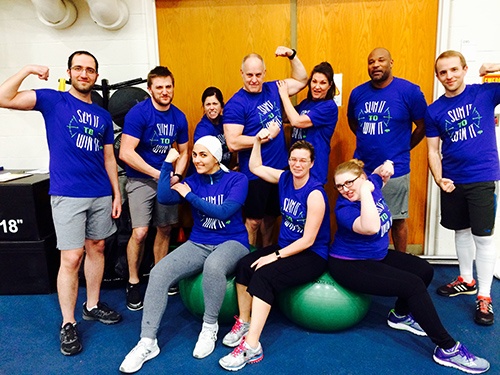 The NIFS 2018
The NIFS 2018  It happens every year. As the new year rolls around, we set our new fitness goals and get excited to get started on them and “make this year the year!” But with winter still here through the end of March, many of us end up with the goal to get fit, but with no motivating factors to flip the switch in our brains to get out of hibernation mode. It gets easier in the spring and summer, when we can start to change up the environment we work out in, the workload at the office might be lighter, and there is more daylight before the sun goes down. But what do we do until then?
It happens every year. As the new year rolls around, we set our new fitness goals and get excited to get started on them and “make this year the year!” But with winter still here through the end of March, many of us end up with the goal to get fit, but with no motivating factors to flip the switch in our brains to get out of hibernation mode. It gets easier in the spring and summer, when we can start to change up the environment we work out in, the workload at the office might be lighter, and there is more daylight before the sun goes down. But what do we do until then? I love what I do…seeing people succeed with their weight-loss goals is one of the most rewarding feelings as a dietitian. However, it can also be very challenging when I see clients revert back to old habits and struggle to keep the weight off that they worked so hard to remove. While this is a common struggle for many, there are small steps that you can take to try to prevent this from happening.
I love what I do…seeing people succeed with their weight-loss goals is one of the most rewarding feelings as a dietitian. However, it can also be very challenging when I see clients revert back to old habits and struggle to keep the weight off that they worked so hard to remove. While this is a common struggle for many, there are small steps that you can take to try to prevent this from happening.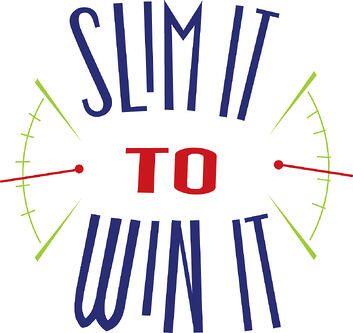 It’s that time of year when millions of people around the world start looking for that next “best” thing to give them the body they have always dreamed of. Aggressive physical challenges, cleanses, elaborate diets that usually involve the removal of a food source (and result in you craving it even more); people will take some drastic steps to help erase the past year of poor nutrition and lifestyle decisions.
It’s that time of year when millions of people around the world start looking for that next “best” thing to give them the body they have always dreamed of. Aggressive physical challenges, cleanses, elaborate diets that usually involve the removal of a food source (and result in you craving it even more); people will take some drastic steps to help erase the past year of poor nutrition and lifestyle decisions.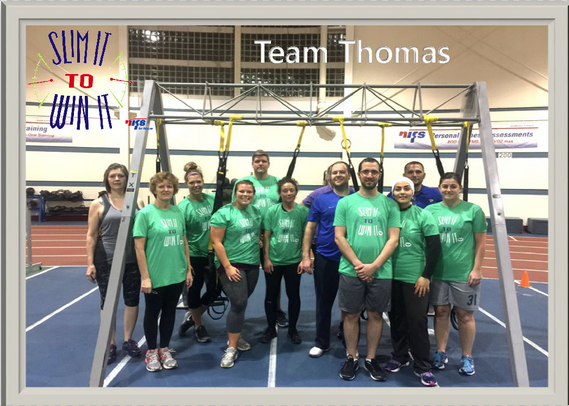 Not Too Easy to Quit
Not Too Easy to Quit
 After the feasting season (Halloween to Christmas) comes the New Year, and for a lot of people this means a resolution. Most people make resolutions to start weight loss, work out more, eat better, and so on; but typically it is some sort of goal to start off the New Year on a healthier note. If you are hoping to have a healthier year, I have some suggestions that will help jump-start your January.
After the feasting season (Halloween to Christmas) comes the New Year, and for a lot of people this means a resolution. Most people make resolutions to start weight loss, work out more, eat better, and so on; but typically it is some sort of goal to start off the New Year on a healthier note. If you are hoping to have a healthier year, I have some suggestions that will help jump-start your January.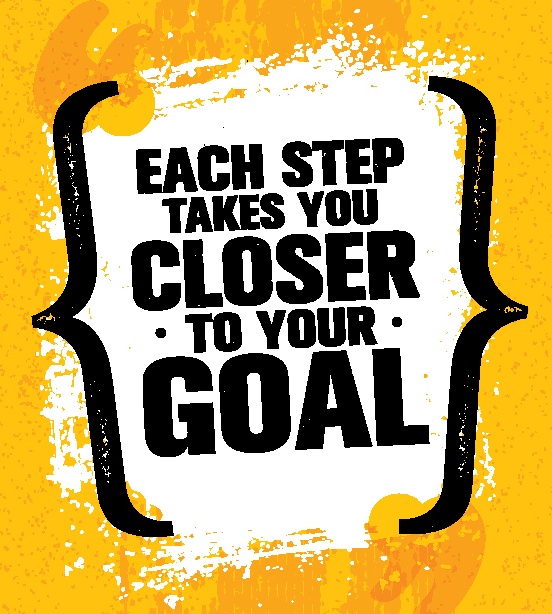 Some people in this world are really good at staying committed to something they have started, but there are many others who struggle with meeting a goal or expectation that they have set for themselves, then actually following through with it to completion. It can be a challenge to hit those markers if you cannot seem to stay committed to something, which in turn leads to discouragement, a sense of failure, and feeling defeated.
Some people in this world are really good at staying committed to something they have started, but there are many others who struggle with meeting a goal or expectation that they have set for themselves, then actually following through with it to completion. It can be a challenge to hit those markers if you cannot seem to stay committed to something, which in turn leads to discouragement, a sense of failure, and feeling defeated. The Benefits of Logging and Tracking
The Benefits of Logging and Tracking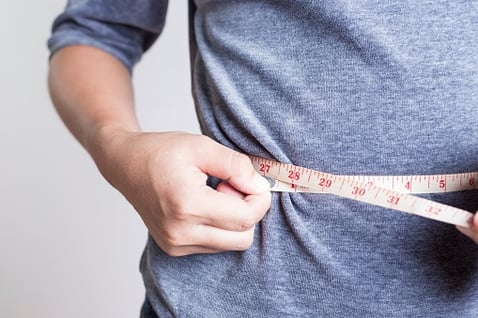 We often hear people talk about their slow metabolism being the reason they cannot lose weight. While this may be true for some individuals, it does not apply to the majority of the population. If you have never actually had blood work done saying you have a slow metabolism, this more than likely is not the issue. Instead of blaming the metabolism, you have to look at the basic “recipe” for weight loss.
We often hear people talk about their slow metabolism being the reason they cannot lose weight. While this may be true for some individuals, it does not apply to the majority of the population. If you have never actually had blood work done saying you have a slow metabolism, this more than likely is not the issue. Instead of blaming the metabolism, you have to look at the basic “recipe” for weight loss.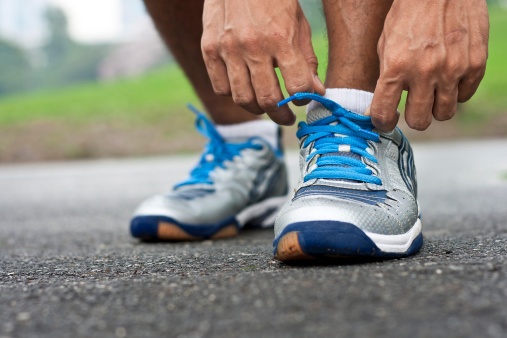 Do You Just Need to Move More?
Do You Just Need to Move More?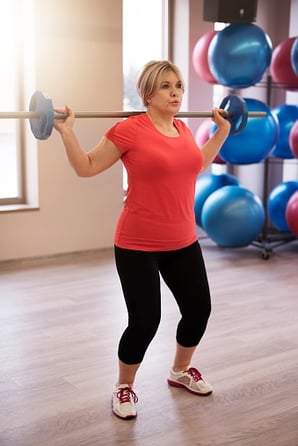 Let’s play out a little scenario. Judy just renewed her gym membership because it’s almost time for her annual summer vacation. She currently weighs 170 pounds but wants to lose around 30 pounds before she goes on vacation. She has taken herself through this transformation once before by running 4 miles on the treadmill every other day until she finally got to her desired weight. She plans to come to the gym this year with the same game plan as last time. Judy does not lift weights because she only wants to lose fat, not gain muscle.
Let’s play out a little scenario. Judy just renewed her gym membership because it’s almost time for her annual summer vacation. She currently weighs 170 pounds but wants to lose around 30 pounds before she goes on vacation. She has taken herself through this transformation once before by running 4 miles on the treadmill every other day until she finally got to her desired weight. She plans to come to the gym this year with the same game plan as last time. Judy does not lift weights because she only wants to lose fat, not gain muscle.